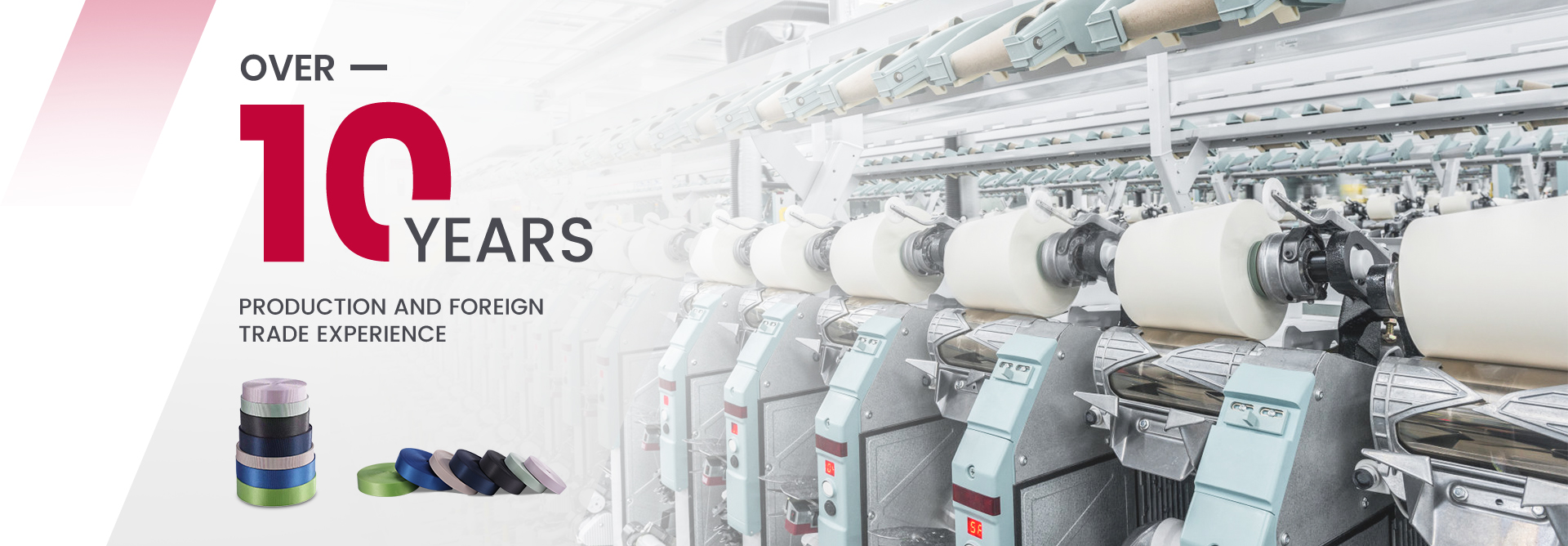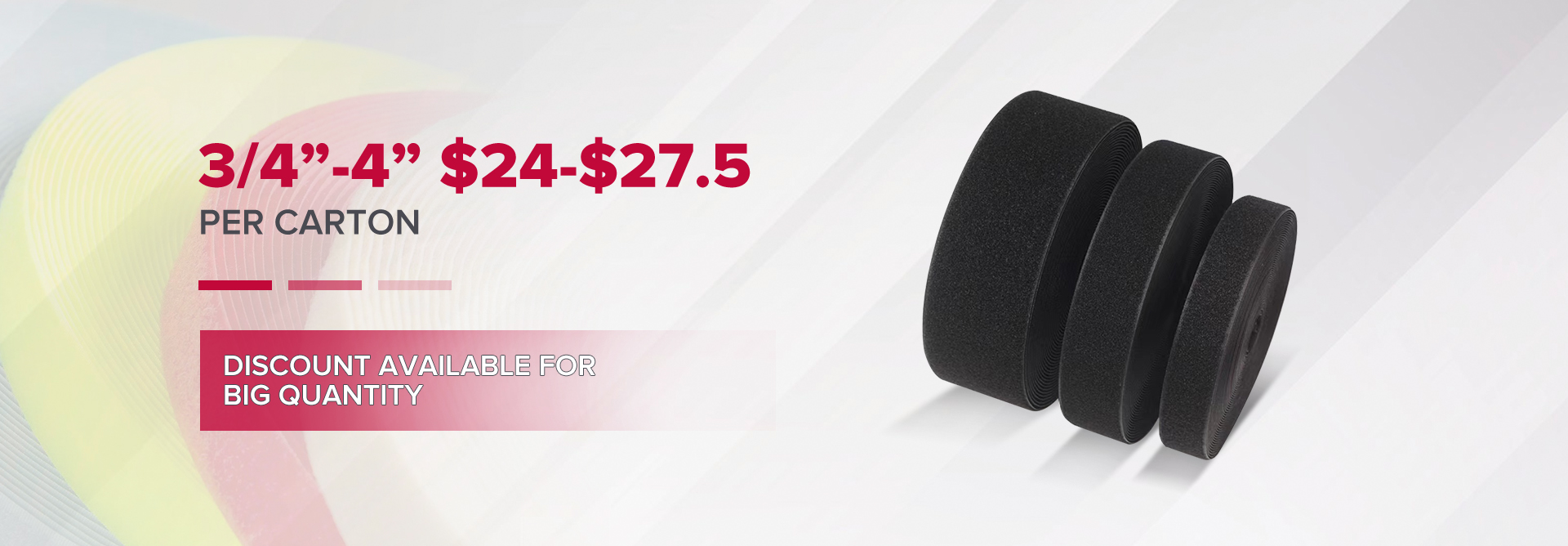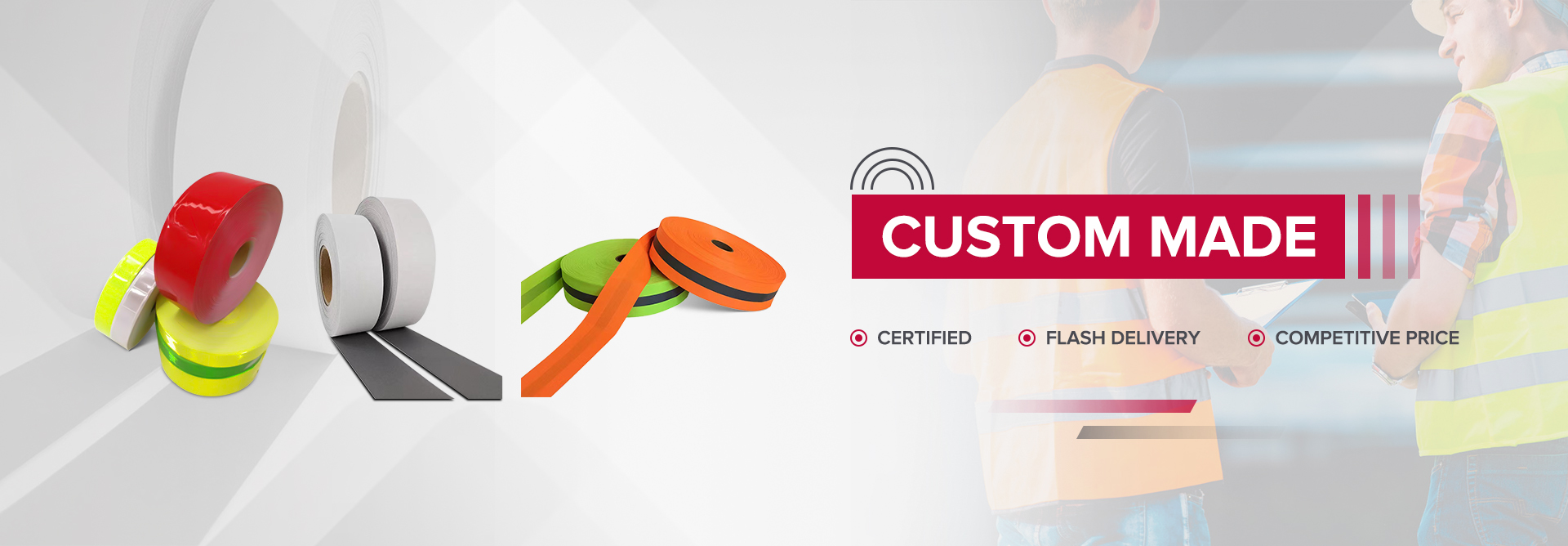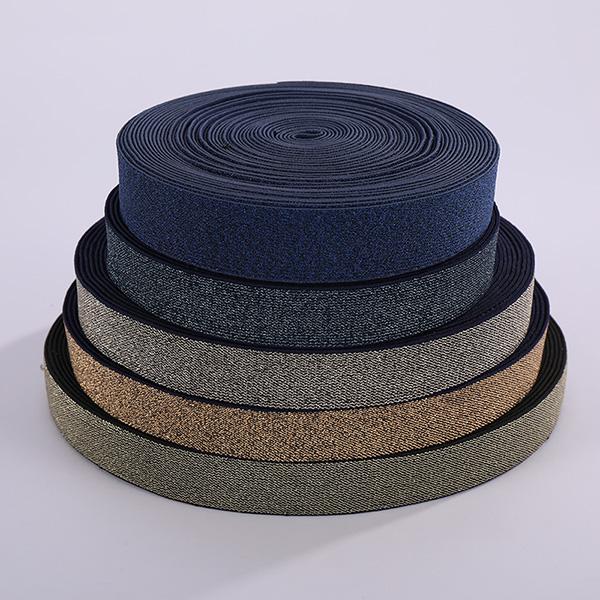
Manufacturers rely on the Elastic Woven Band to improve garment fit and boost production speed. This material delivers consistent stretch and recovery. It strengthens seams, supports durability, and allows designers to create versatile styles. Many brands trust elastic woven bands for high-quality results in every stage of fashion manufacturing.
Key Takeaways
- Elastic woven bands improve garment fit, durability, and comfort by providing strong stretch and shape retention.
- Choosing high-quality and eco-friendly elastic bands supports sustainable production and reduces waste.
- Proper selection, sewing techniques, and quality checks ensure elastic bands perform well and extend garment life.
Elastic Woven Band: Definition and Features
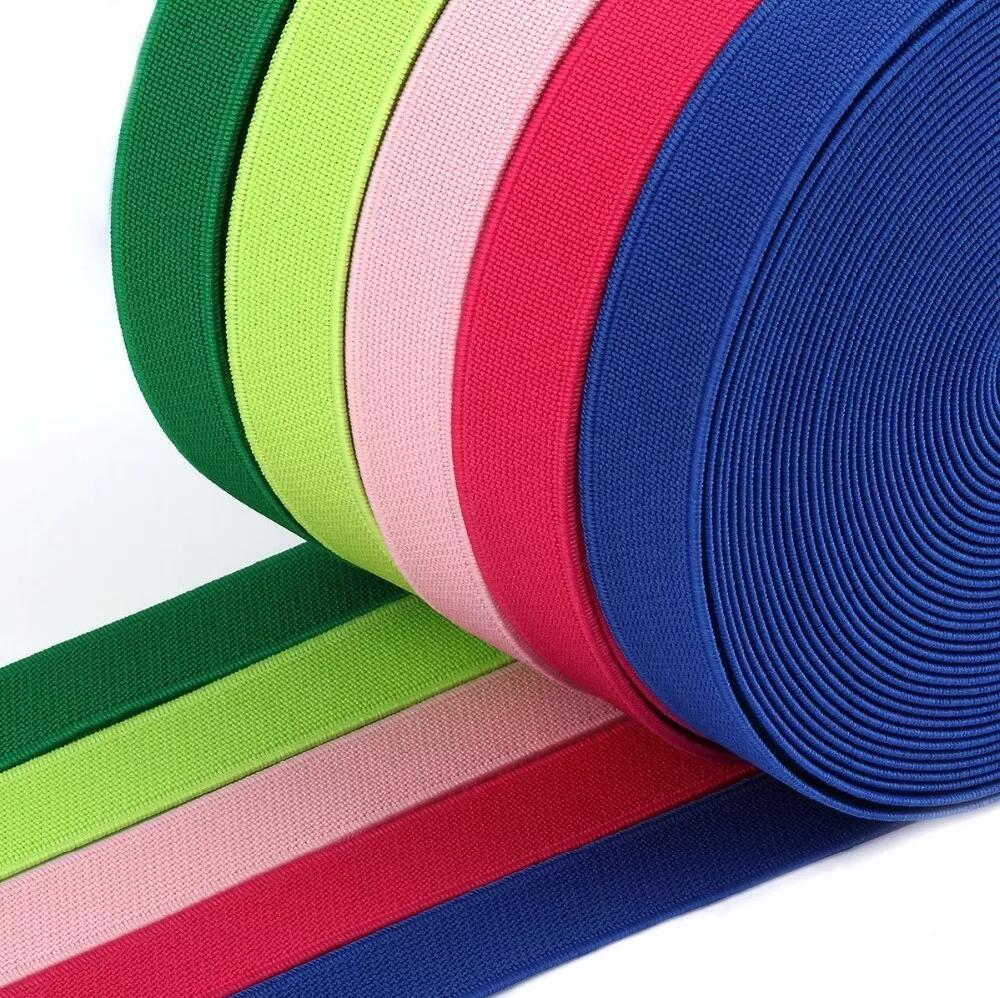
What Is an Elastic Woven Band?
An elastic woven band is a flexible strip made by weaving elastic fibers with other materials. Manufacturers use these bands in clothing, accessories, and home textiles. The woven structure gives the band both strength and stretch. This combination helps garments fit better and last longer. Many factories choose elastic woven bands for their ability to hold shape and provide comfort.
Key Features and Material Composition
Elastic woven bands stand out because of their unique features.
- High stretch and recovery: The band returns to its original shape after being stretched.
- Strong durability: The woven design resists wear and tear.
- Customizable width and color: Manufacturers can select the size and color that fits their needs.
Most elastic woven bands use a blend of polyester, nylon, and spandex. These materials work together to create a band that is both strong and flexible. Some brands, like Tramigo, also focus on using eco-friendly materials. This approach supports sustainability in fashion manufacturing.
Note: Choosing the right material blend ensures the elastic woven band meets the demands of each project.
Why Elastic Woven Bands Matter in Fashion Manufacturing
Enhancing Garment Performance
Manufacturers choose woven elastic tape to improve how garments perform. This material helps clothing keep its shape after many wears and washes. Designers use it to create waistbands, cuffs, and straps that stretch but do not lose strength. The woven structure gives extra support to seams and edges. This support prevents sagging and helps garments fit better on different body types.
Many brands rely on elastic tape for sportswear and activewear. Athletes need clothing that moves with them and stays comfortable. Woven elastic tape provides the right balance of stretch and stability. It also helps reduce bulk, making garments lighter and easier to wear.
Tip: Using high-quality woven elastic tape can reduce the number of repairs and returns. This saves time and money for manufacturers.
Supporting Sustainable Production
Sustainability matters in today’s fashion industry. Many companies look for materials that protect the environment. Woven elastic tape, like the one from Tramigo, uses eco-friendly fibers. These materials lower the impact on the planet.
Manufacturers can choose tapes made from recycled polyester or other green options. This choice supports responsible sourcing and production. Sustainable elastic tape also lasts longer, which means fewer replacements and less waste.
- Eco-friendly materials help brands meet green goals.
- Long-lasting elastic tape reduces landfill waste.
- Responsible sourcing builds trust with customers.
Choosing sustainable woven elastic tape helps brands stand out in a crowded market.
Core Benefits of Elastic Woven Bands
Durability and Longevity
Manufacturers value elastic woven bands for their impressive durability. The woven structure combines strong fibers like polyester, nylon, and spandex. This blend creates a band that resists fraying, tearing, and stretching out. Garments with these bands withstand frequent washing and daily wear. The bands keep their elasticity even after many cycles in the laundry.
A high-quality elastic woven band can extend the life of sportswear, uniforms, and everyday clothing. Brands like Tramigo use advanced weaving techniques to boost the strength of each band. This approach reduces the need for repairs or replacements. As a result, manufacturers save money and build trust with customers.
Note: Durable elastic bands help reduce waste by keeping garments in use longer.
Superior Stability and Shape Retention
Elastic woven bands provide excellent stability. The woven design holds its shape under pressure. Waistbands, cuffs, and straps stay firm and do not roll or twist. This stability ensures that garments fit well and look neat over time.
Shape retention is another key benefit. The band stretches to fit the body but always returns to its original form. This feature prevents sagging and bagging in clothing. Designers rely on this property to create garments that look sharp and feel comfortable.
| Feature | Benefit |
|---|---|
| Stability | Prevents rolling and twisting |
| Shape Retention | Maintains garment appearance |
| Consistent Fit | Enhances wearer comfort |
Versatility Across Garment Types
Elastic woven bands adapt to many uses in fashion manufacturing. Designers use them in waistbands, cuffs, and hems for pants, skirts, and jackets. Sportswear brands add these bands to activewear for stretch and support. Footwear makers use them in shoe uppers and straps. Bag manufacturers rely on elastic bands for handles and closures.
Home textile producers also benefit from this versatility. They use elastic bands in fitted sheets, cushion covers, and storage solutions. The wide range of sizes and colors allows brands to match the band to any project.
- Gym apparel
- Outerwear
- Bags and backpacks
- Home textiles
The elastic woven band meets the needs of many industries. Its flexibility and strength make it a top choice for both fashion and function.
Best Applications of Elastic Woven Bands
Waistbands and Cuffs
Waistbands and cuffs need strong, flexible support. Designers use elastic woven bands to create a snug fit that moves with the body. These bands help pants, skirts, and sleeves stay in place. They also prevent fabric from stretching out over time. Many manufacturers choose elastic woven bands for these areas because they offer both comfort and durability.
Sportswear and Activewear
Athletes require clothing that stretches and recovers quickly. Sportswear brands rely on elastic woven bands to provide this performance. The bands allow for a full range of motion during exercise. They also help garments keep their shape after repeated use. This makes them ideal for leggings, shorts, and athletic tops.
Outerwear and Performance Apparel
Jackets, coats, and other outerwear benefit from elastic woven bands. These bands add structure to hems and cuffs. They keep wind and cold air out, which improves comfort. Performance apparel often uses elastic woven bands to enhance fit and function in demanding conditions.
Specialty Uses in Gym Apparel, Footwear, Bags, and Home Textiles
Manufacturers use elastic woven bands in many specialty products. Gym apparel needs bands that can handle frequent stretching. Footwear designers use them for shoe uppers and straps. Bag makers add them to handles and closures for extra flexibility. Home textile producers use elastic woven bands in fitted sheets and cushion covers.
Note: The elastic woven band adapts to many uses, making it a top choice for creative and practical designs.
Best Practices for Selecting and Applying Elastic Woven Bands
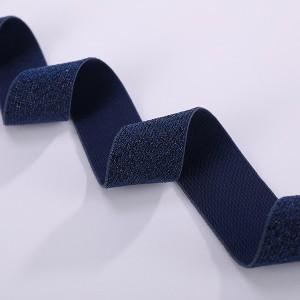
Choosing the Right Elastic Woven Band for Your Project
Selecting the right elastic woven band starts with understanding the needs of the project. Designers should consider the garment type, required stretch, and durability. For sportswear, a band with high elasticity and recovery works best. Outerwear may need a thicker band for extra support. Color and width options allow for design flexibility. Tramigo offers custom sizes and Pantone color matching, making it easier to find the perfect fit.
Tip: Always request samples before placing a large order. Testing samples helps ensure the band meets all performance requirements.
Proper Sewing and Attachment Techniques
Proper attachment ensures the elastic woven band performs well in the finished product. Use a zigzag or stretch stitch to allow the band to move with the fabric. Secure the ends to prevent fraying. When sewing waistbands or cuffs, stretch the band slightly as you attach it. This method helps the garment keep its shape and fit.
| Sewing Method | Best For | Benefit |
|---|---|---|
| Zigzag Stitch | Stretch fabrics | Flexibility, strength |
| Overlock Stitch | Edges, seams | Prevents fraying |
Quality Control and Testing Tips
Quality control keeps products consistent and reliable. Inspect each batch for even stretch, color accuracy, and width. Test the band’s recovery by stretching and releasing it several times. Check for any signs of fraying or weak spots. Reliable suppliers like Tramigo provide consistent quality, but regular checks help maintain high standards.
Note: Consistent testing reduces the risk of defects and ensures customer satisfaction.
Troubleshooting Common Challenges with Elastic Woven Bands
Preventing Rolling and Twisting
Rolling and twisting can affect the look and function of garments. Manufacturers often see these issues in waistbands and cuffs. To prevent this, they select the correct width and thickness for each application. A wider band offers more stability. Proper sewing techniques also help. Stitching the elastic band evenly and securing both edges reduces movement inside the fabric channel.
Tip: Use a double row of stitching to anchor the band and keep it flat.
Addressing Fit and Comfort Issues
Fit and comfort matter to every wearer. Sometimes, elastic bands feel too tight or too loose. Designers solve this by testing different lengths and tensions before final production. They measure the stretch ratio to match the garment’s needs. Soft, high-quality materials like those in Tramigo’s Woven Elastic Tape improve comfort and reduce skin irritation.
Checklist for Comfort:
- Choose the right width for the garment
- Test stretch and recovery
- Use soft, skin-friendly materials
Managing Wear and Tear
Elastic woven bands face stress from daily use and washing. Over time, bands may lose elasticity or show signs of fraying. Manufacturers extend product life by choosing high-tenacity materials and inspecting bands during production. Regular quality checks catch weak spots early.
| Issue | Solution |
|---|---|
| Loss of stretch | Use high-quality elastic |
| Fraying | Secure edges with stitching |
Note: Consistent maintenance and quality control keep garments looking and feeling new.
Manufacturers achieve better results by using high-quality woven elastic tape. They improve garment fit, boost durability, and support sustainable production. Adopting best practices ensures reliable performance. Key benefits include versatility, strength, and easy application. Brands that follow these tips deliver superior products and meet industry demands.
FAQ
What makes Tramigo’s Woven Elastic Tape suitable for sportswear?
Tramigo’s Woven Elastic Tape offers high stretch, strong recovery, and durability. Athletes benefit from comfort and support during movement and repeated washing.
Can manufacturers customize the width and color of elastic woven bands?
Yes. Tramigo provides a wide range of widths and Pantone color matching. Brands can request samples to ensure the perfect fit for their designs.
How should manufacturers care for garments with elastic woven bands?
Manufacturers recommend gentle washing and avoiding high heat. Proper care helps maintain elasticity and extends the garment’s lifespan.
Tip: Always follow the care label for best results.
Post time: Jun-26-2025

